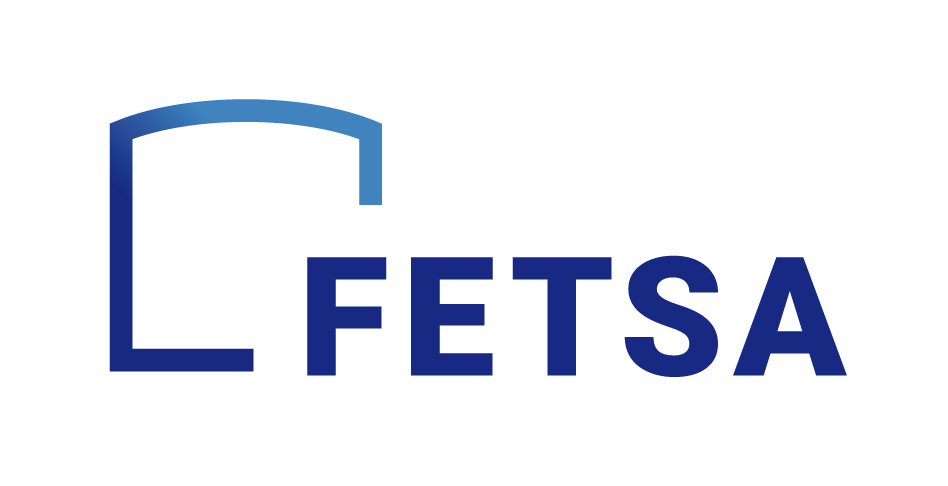April 23, 2020 [Bloomberg – Published April 22, 2020] – Orbiting hundreds of miles above the Earth, the Sentinel-1 satellites are the eyes in the sky that show why U.S. oil prices dropped below zero and why much of the world is likely to follow.
The satellite bounces radar signals off the massive metal tanks that store oil and that data is used to calculate how much crude is inside. It’s coming back with an alarming message: oil storage is running out.
It’s something that’s never happened before, and the market is only beginning to guess at what it’ll mean. Experts say it could be a matter of weeks before there’s no more room to store crude, an event called in industry parlance the “tank tops.” The result would be oil prices near zero in many parts of the world, and in some cases they could go negative.
“We are on a path to global tank tops in late May or early June,” said Florian Thaler at Oilx, a research firm which uses the satellite data.
The chaos in the American oil market on Monday could foreshadow what happens globally, if other tanks start to fill up. It also shows the market will likely anticipate peak storage, rather than wait to plunge when the limit is breached. Some oil producers have now re-drafted their contracts to stop their prices from going negative.
On Tuesday, the selling frenzy continued. Brent futures for June delivery lost 15% to trade near $16 a barrel, the lowest in almost 21 years. Key European and African crude streams, which trade at a discount to the Brent benchmark, will sell under $10 and even below $5 in some cases.
“We have clearly gone to a full-scale, day-to-day market management crisis,” said Paul Sankey, a veteran oil analyst at Mizuho Bank who correctly warned of negative crude prices in March. He went a step further on Tuesday, saying: “Will we hit negative $100 a barrel next month? Quite possibly.”
The world of negative prices doesn’t have a floor, and after this week, anything is possible. One certainty is that the latest satellite data shows a massive glut. There are 50 million barrels of crude are going into storage every week, enough to fuel Germany, France, Italy, Spain, and the U.K. combined.
In India, refiners have filled 95% of fuel storage capacity, according to officials at three state-owned processors. Nigeria will cut production because it has no place to keep crude, Mele Kyari, the chief of state oil company NNPC told a local newspaper.
Oil refiners aren’t buying crude because there’s no demand for gasoline. Some producers are cutting output, but others have kept on pumping. Even a few dollars is better than none for indebted companies. The oil has nowhere to go but into storage.
The satellite data might even be overestimating how much room is actually available. A lot of empty space has already been rented out by traders.
“We can have negative prices, and very negative prices,” said Pierre Andurand, the founder of the eponymous oil hedge fund, adding that oil is a “dangerous market to trade in right now.”
From high up, the oil market looks like a global, highly interconnected system. But the reality is that the market is a collection of small and big islands, all connected via thin links. What matters is not when the world’s total storage is full, but when each of those islands, or regional hubs, reaches capacity — or threatens to.
Pipeline Crossroads
For the American market, it all comes down to Cushing, Oklahoma, the delivery point of the WTI oil futures contract. The town, which calles itself the “pipeline crossroads of the world,” hosts a dozen tank farms, big enough to hold nearly 80 million barrels.
When the WTI contract expires, traders who are long receive oil in Cushing and have to find a place to store the barrels or ship them out. Being short the contract means you have to deliver the oil.
Oil prices crashed on Monday as traders who owned the May WTI contract rushed to get out of the contract before expiry because they didn’t have tanks to store the oil. At the worst moment, someone paid $40.32 a barrel to avoid taking delivery of oil.
Negative Spiral
In the physical oil market, traders bid barrels at even larger negative prices. Plains All American Pipelines LP, one of the main oil shippers in the U.S., asked producers of a crude stream called Eastern Kansas Common to pay it $55.05 a barrel if they wanted to sell.
“Onshore storage is very limited,” said Ben Luckock, co-head of oil trading at Trafigura Group, a major commodity merchant.
Storage locations that could soon fill up include Rotterdam, a refining hub for Western Europe, several islands in the Caribbean and Singapore. While traders are also turning oil tankers into temporary floating storage facilities, they offer limited relief.
In the world of storage, Rotterdam-based Royal Vopak NV is the biggest. Its executives say there’s a global hunt already underway to secure more tanks. According to Chief Financial Officer Gerard Paulides, “the available capacity on the oil side is almost completely sold out.”
————-
Click on the button and register to get instant access to actionable tank storage industry data










